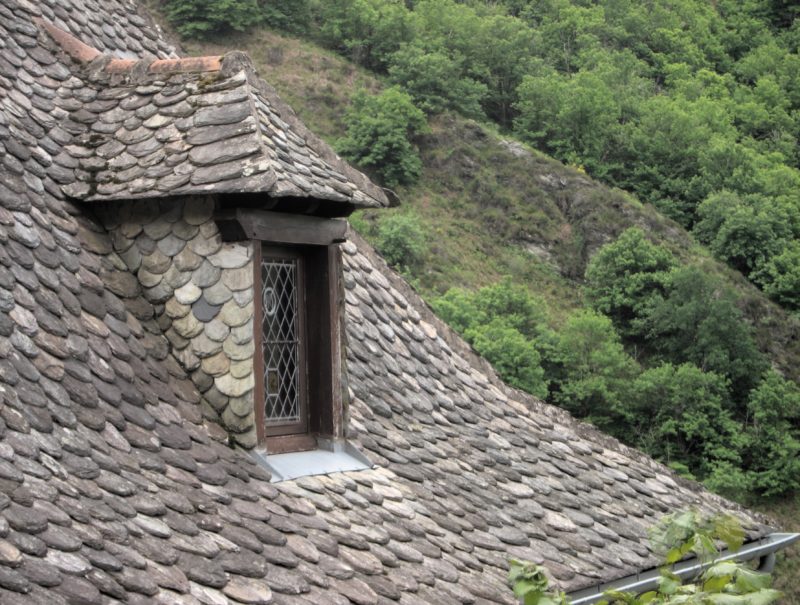I’m going to say it up front: despite what you may have heard, poetry can be translated. In another language, a poem will sound different. Trade-offs will be made, and the music and associations will be transformed. But, in a good translation, they won’t be lost.
For a highly interesting behind-the-scenes look at translating poetry, pick up The Magic Mirror of Literary Translation: Reflections on the Art of Translating Verse by Eric Sellin (Syracuse University Press, 2021). This slim volume (which I discovered in Gregary J. Racz‘s thoughtful review in Translation Review [Issue 111, 2021]) is a very personal account of Sellin’s experience translating poems by celebrated French poets including Pierre de Ronsard, Joachim du Bellay, and Charles Baudelaire. The drafts of his works in progress are the most enlightening and stimulating part of the book. A retired professor of French, Sellin clearly enjoys the translation process, and is even willing to call out his younger self for a botched line or two, showing that we can always learn from our mistakes.
The Constraints and Trade-Offs of Poetry Translation
I recommend this book to anyone who is interested in translation and can read the examples in French. It would also be useful as a supplementary text for an introductory French literature course or a poetry translation workshop.
The poems discussed in this volume are all formal poems that Sellin has rendered into rhyme and meter in English. He seems to feel that equivalent constraints should be found in English for what the poet expressed in French; plus, he likes a challenge. (It takes him 20 to 25 revisions to complete a translation of a formal poem.)
Poetry translation is a puzzle with many moving parts. In translation, some lines will be weaker or less memorable than the original, or may lack some striking feature. Of course, as the author points out, some lines of the original are not as strong as others, either. Yet after finishing a translation, Sellin confesses to always having “a vague feeling of inadequacy, a sense of having not quite nailed the brass ring of whatever it was that attracted me to the original poem in the first place.” Perhaps this is inevitable, since English will never sound like French (or like Spanish, or any other language). Yet if the translated poem functions on its own terms in English, and captures the tone and artistry of the original, it can be a very meaningful approximation.
A Poetry Translator’s Inventiveness
Let’s look at an example. Sellin offers his translation of Renaissance poet Joachim du Bellay’s famous sonnet “Heureux qui, comme Ulysse, a fait un beau voyage,” one of my favorite French poems. In it, the poet, living in Rome, yearns to go home again, and expresses a love for the simple charms of his village. At the end of the poem, Sellin adds two images that are not there in the original, yet perfectly express its meaning.
I far prefer the dwelling my forbears called home
To all the pompous façades of the palaces in Rome;
And to hard marble slabs I prefer slates thin as wafers,
To the Latin Tiber my Gallic Loire valley,
To the Palatine Hill my small town of Liré,
And to the sea breezes the soft Angevin zephyrs.
In French, the first tercet ends with “l’ardoise fine” (thin slate), rhyming later with “douceur angevine.” Sellin renders this as “slates thin as wafers.” I think the near-rhyme “wafers/zephyrs” is brilliant. The wafers are a very tactile expression of thinness. Here’s a picture of a slate roof on a house in a French village. Don’t these round tiles look like wafers?
The original poems ends with “la douceur angevine” (the sweetness/softness/gentleness of Anjou). Translating this as “Angevin zephyrs” resolves the problem of the abstract noun douceur. It has a multiplicity of meanings in English, but all would sound too abstract and far less evocative. In the French, the contrast between “air marin” and “douceur angevine” implies a difference in the air, and air implies its movement. Plus, “zephyr” is such a poetic word. With a Greek origin (from “zephuros,” god of the west wind), it’s a perfect fit for a French Renaissance poem.
Also, the translator got lucky, as the resources of English happen to provide a very meaningful rhyme: “home” and “Rome.” The contrast in this rhyme encapsulates the poem’s theme all on its own. Sellin has come up with wonderful alliterations here (pompous, palaces and slabs, slates); the French has plus and plaît (also marbre and ardoise). Here’s the original for comparison:
Plus me plaît le séjour qu’ont bâti mes aïeux,
Que des palais Romains le front audacieux;
Plus que le marbre dur me plaît l’ardoise fine,
Plus mon Loire gaulois que le Tibre latin,
Plus mon petit Liré que le mont Palatin,
Et plus que l’air marin la douceur angevine.
Du Bellay has perfectly constructed this series of contrasts between Rome and his home province, and poetry translator Eric Sellin has beautifully expressed them in musical English.
Top photo by Suzy Hazelwood from Pexels




